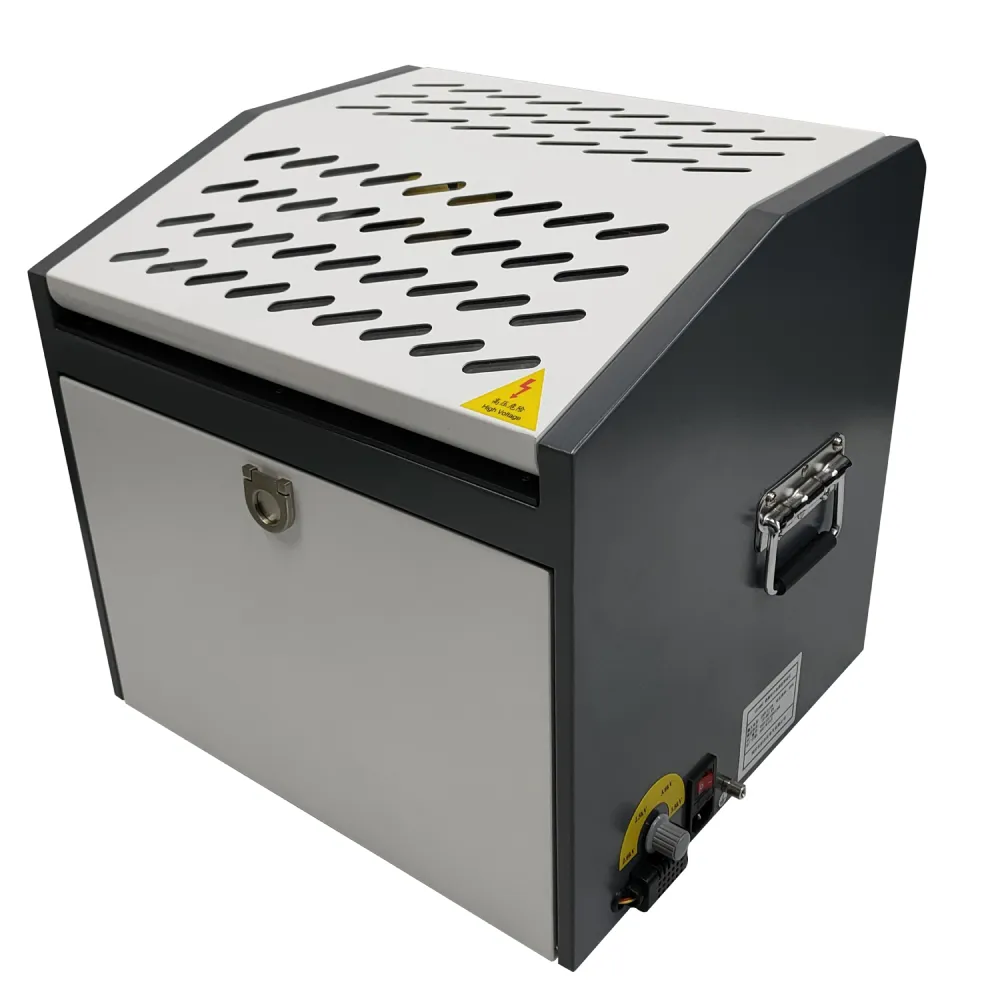 English
English


Testing Procedures for Furnace Transformer Performance Evaluation and Analysis
Understanding Furnace Transformer Tests
Furnace transformer tests are critical procedures designed to assess the performance, reliability, and safety of transformers used in various industrial applications, particularly in the metallurgical sector. Transformers in furnace applications play a vital role in providing the necessary power for smelting and melting processes, where precise control over voltage and current is essential. This article delves into the significance of furnace transformer tests, the methodologies involved, and their implications for operational efficiency and safety.
Importance of Furnace Transformer Tests
Transformers are essential components in power distribution systems, and their performance directly affects the efficiency of industrial processes. In furnace operations, transformers must handle significant power loads, often exceeding hundreds or thousands of kilovolt-amperes (kVA). A failure in a transformer can lead to unexpected downtime, costly repairs, and potential hazards if not properly managed.
Regular testing is crucial for identifying potential issues before they escalate into serious problems. These tests help ensure the reliability of the transformer, enhancing its operational lifespan and maintaining safety standards. Furthermore, they aid in compliance with industry regulations and standards, which can prevent legal complications and financial losses.
Key Testing Methodologies
1. Insulation Resistance Testing This test evaluates the quality of insulation materials within the transformer. High insulation resistance is vital for preventing short circuits that could lead to transformer failure.
2. Power Factor Testing By measuring the power factor, technicians can assess the efficiency of the transformer's insulation. A lower power factor indicates deteriorated insulation, which can compromise performance.
3. Turns Ratio Testing This method measures the voltage ratios between the primary and secondary windings. A significant deviation from the expected ratio could indicate issues with the winding integrity or connections.
furnace transformer test

4. Winding Resistance Testing This test assesses the resistance of transformer windings. Anomalies in winding resistance can point to internal faults, such as damaged insulation or poor connections.
5. Thermal Imaging Using infrared cameras, technicians can identify hot spots or unusual temperature variations within the transformer. This non-invasive technique helps detect overheating, which could lead to insulation breakdown and equipment failure.
6. Frequency Response Analysis (FRA) FRA tests determine the physical condition of a transformer by analyzing its frequency response. Changes in frequency response can indicate mechanical or electrical changes within the transformer, enabling early detection of potential issues.
Implications for Operational Efficiency and Safety
Conducting regular furnace transformer tests provides several benefits to industrial operations. Firstly, it leads to improved reliability and uptime. Implementing a proactive maintenance strategy based on test results can help prevent unexpected failures, thereby minimizing downtime and maintenance costs.
Moreover, safety is paramount in industrial settings. By identifying issues early through comprehensive testing, businesses can mitigate risks associated with transformer failures, which could lead to explosions, fire hazards, or electrical accidents.
Finally, furnace transformer tests contribute to energy efficiency. Transformers that operate at optimal performance levels reduce energy losses, lowering operational expenses and promoting sustainability efforts within the organization.
Conclusion
Furnace transformer tests are indispensable for maintaining the performance, efficiency, and safety of transformers in industrial applications. By employing various testing methodologies, organizations can proactively manage transformer health, thereby ensuring reliable operations and minimizing risks. As industries continue to evolve, the importance of these tests will only increase, highlighting the need for ongoing research and development in transformer technology and testing techniques. Regular testing not only enhances transformer longevity but also aligns with broader goals of safety, efficiency, and environmental responsibility in industrial operations.
-
Differences between open cup flash point tester and closed cup flash point testerNewsOct.31,2024
-
The Reliable Load Tap ChangerNewsOct.23,2024
-
The Essential Guide to Hipot TestersNewsOct.23,2024
-
The Digital Insulation TesterNewsOct.23,2024
-
The Best Earth Loop Impedance Tester for SaleNewsOct.23,2024
-
Tan Delta Tester--The Essential Tool for Electrical Insulation TestingNewsOct.23,2024





